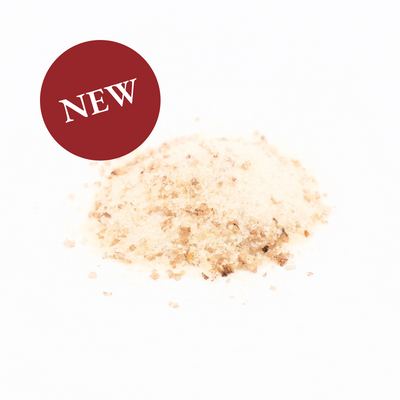Olives: Crushing and Oil Extraction
Not many of us are familiar with the feel of a freshly-picked olive. They are surprisingly firm and dense, and if you held one, you would likely think “how are you supposed to get oil from this?” Well, the answer to that question has changed over time to reach the sophisticated methods used today.
In the Past
The process used to look similar to what you are likely picturing, with the olives simply getting crushed and pressed through many layers of fine mesh to separate the oil from the fruit pulp. This method worked, but it was time-consuming and led to oil being over-exposed to oxygen and other oxidizing factors. The chances are slim that it would meet today’s strict standards for EVOO quality, to say the least!
Present Day Extraction
These days, the process is largely mechanized to ensure minimal time between harvesting and oil extraction, which results in superior olive oils. Fresh olives are mechanically crushed and malaxed in, typically, stainless steel machinery that limits the amount of heat produced in the process. The malaxing phase takes a good deal of time, but it is during this gentle mixing that the flavour profile of the oil really develops as the tiny drops of oil aggregate. Finally, the oil is separated from the pulpy olive matter, called pomace, using a centrifuge. The oil is subsequently tested in a certified lab to see if it indeed meets the chemical criteria to be sold as extra virgin olive oil, and to make sure that it has no sensory defects.

The Taste of Quality
When all is said and done, oil that has passed the sensory and chemical tests that permit it extra virgin status will have some fruitiness and should taste and smell green and fresh. It will be chock-full of healthy monounsaturated fatty acids and biophenols that impart a bitter or peppery sensation and potent antioxidative activity. Though the methods for extracting EVOO have vastly improved over time, the cultural roots and historical significance of this "liquid gold" remain intact.
We hope you have enjoyed following along with this series on how olive oil is produced and have gathered a sense of the long tradition that is upheld with every bottle of EVOO.




When buying a bottle of olive oil no one think about all the work, info, health befitting there is behind it, Thanks Riley you are awesome thanks for all the info.
Informative and enjoyable reading. Thanks 😊
Leave a comment